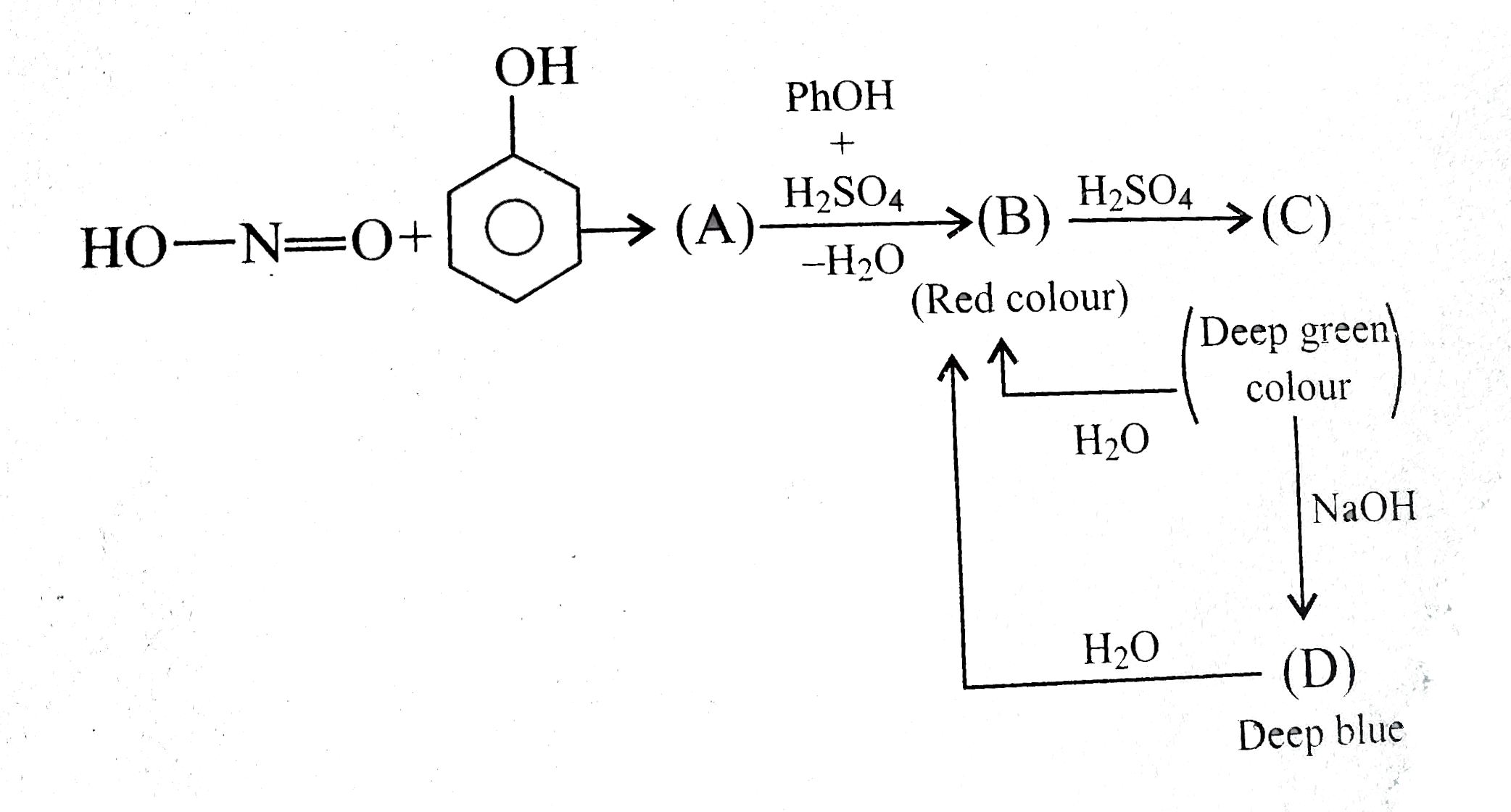The deep blue colour produced on adding excess of ammonia to copper sulphate is due to presence of
A
B
C
D
Video Solution
Text Solution
The correct Answer is:A
reacts with excess to form with deep blue colour.
|
Updated on:21/07/2023
Topper's Solved these Questions
- BOOK - MARVEL PUBLICATIONCHAPTER - P-BLOCK ELEMENTS EXERCISE - TEST YOUR GRASP50videos
P-BLOCK ELEMENTS
- BOOK - MARVEL PUBLICATIONCHAPTER - ORGANIC COMPOUNDS CONTAINGING NITROGEN EXERCISE - TEST YOUR GRASP40videos
ORGANIC COMPOUNDS CONTAINGING NITROGEN
- BOOK - MARVEL PUBLICATIONCHAPTER - POLYMERS EXERCISE - TEST YOUR GRAP35videos
POLYMERS
Similar Questions
Knowledge Check
- Question 1 - Select One
On adding excess of NH4OH to copper sulphate solution
AA deep blue solution is obtainedBA blue precipitate of Cu(OH)2 is obtainedCA black precipitate of CuO is obtainedDNo change takes place - Question 2 - Select One
The deep blue colour obtained on adding K Fe(CN), to ferrous sulphate is due to the formation of
AFe[Fe(CN)6]BFe[Fe(CN)6l]2CFe3[Fe(CN)6]4DFe4[Fe(CN)6]3 - Question 3 - Select One
The dark blue colour of the solution formed when excess of ammonia is added to a solution of copper (II) sulphate is due to the presence of the ion
A[Cu(OH)4(H2O)2]2−B[Cu(H2O)6]2+C[Cu(NH3)2(H2O)4]2+D[Cu(NH3)4(H2O)2]2+
The blue colour of snail is due to presence o
View SolutionWhat is the colour of copper sulphate ?
View Solution
The deep blue colour of compound (D) is due to the formation of:View SolutionWhat is the colour of copper sulphate?
View SolutionSTATEMENT - 1 : A dark blue colour is obtained on adding excess of dilute NH4OH solution in aqueous soluiton of copper sulphate.
STATEMENT - 2 : Dark blue colour is due to the formation of [Cu(NH3)4]2+complex ion.View Solution

